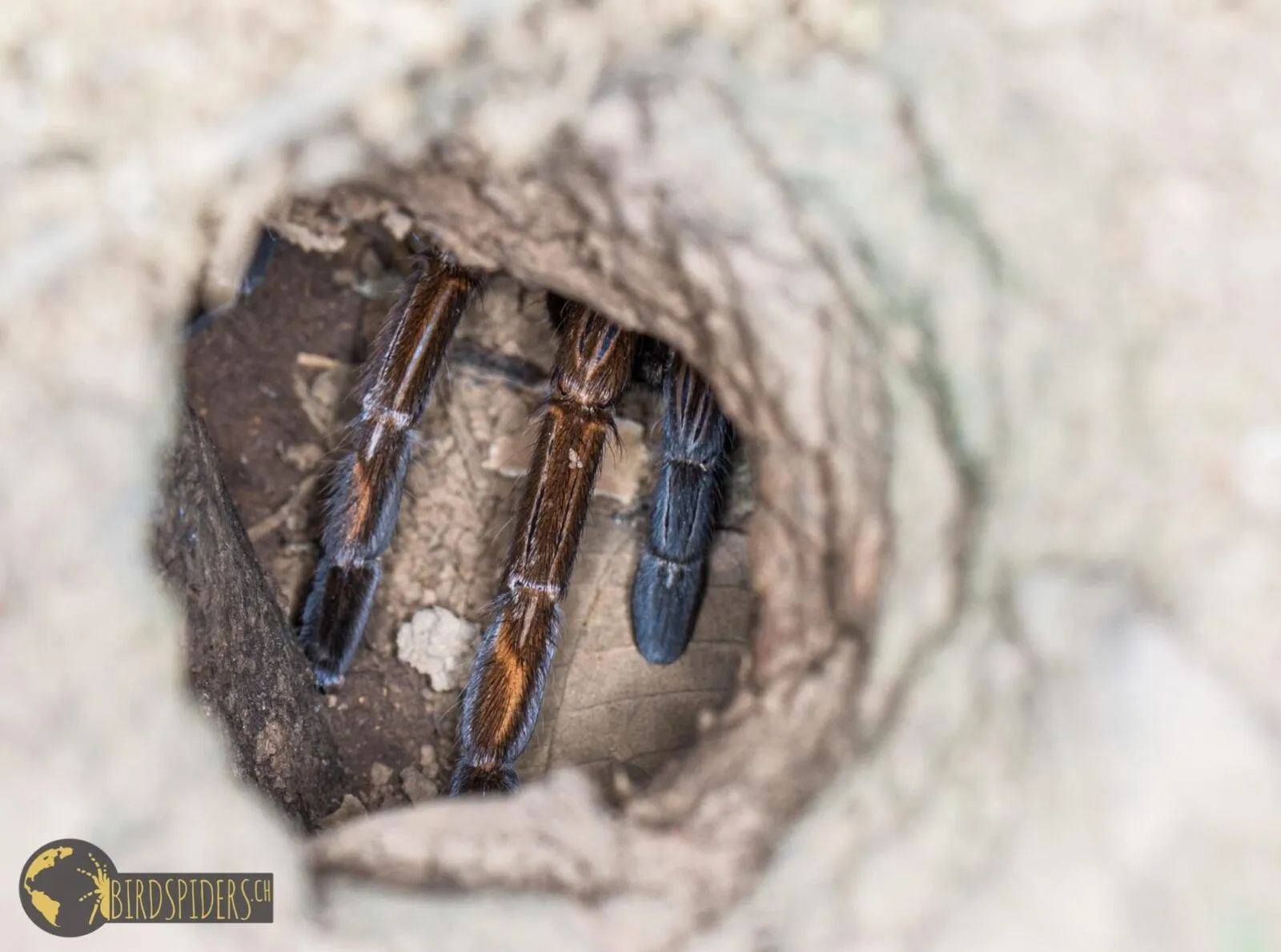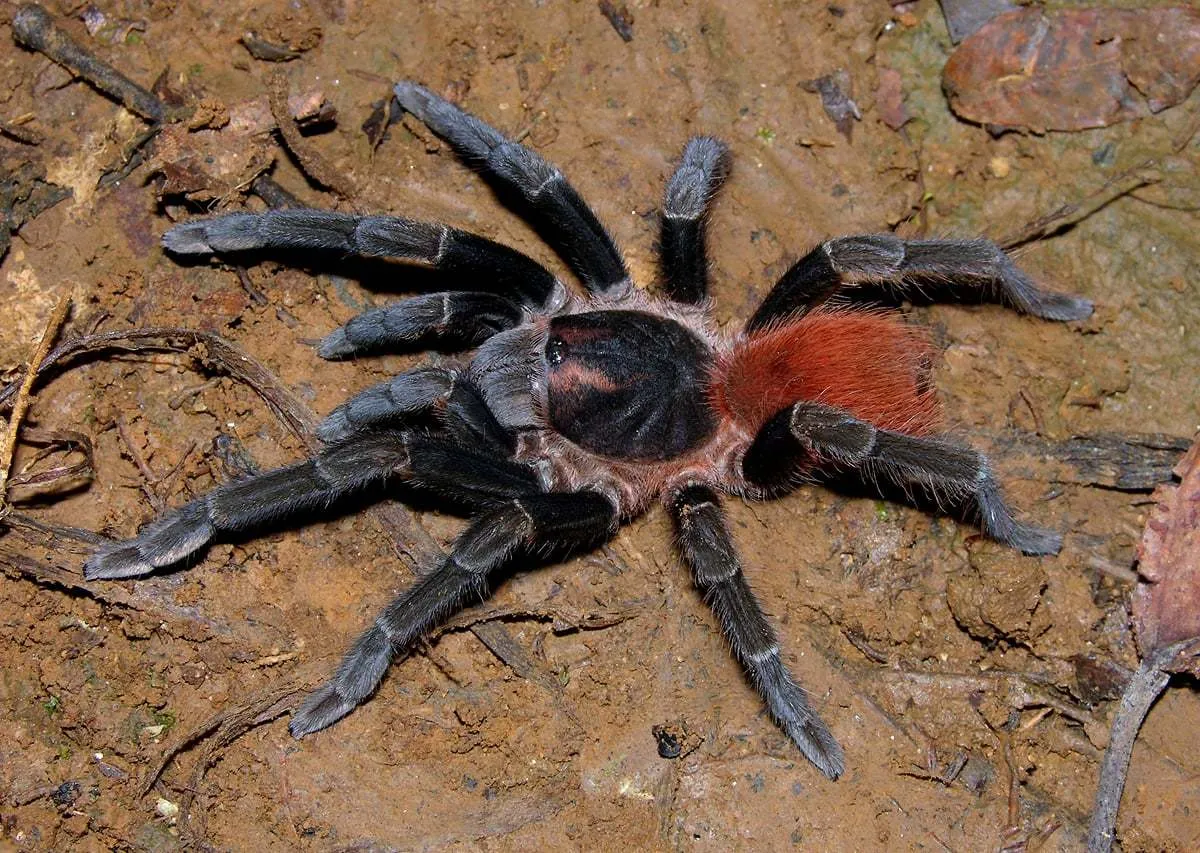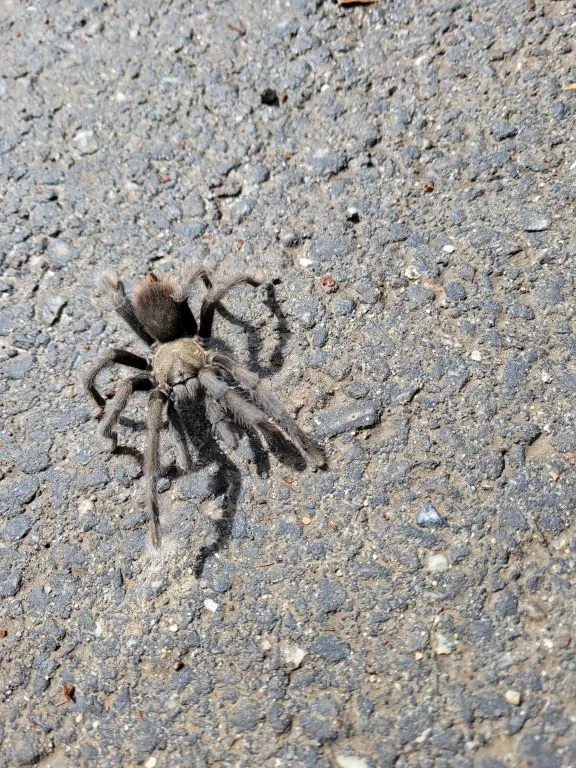Choosing the Right Tarantula
Bringing a tarantula into your home can be an incredibly rewarding experience, but it’s essential to start with the right one. The world of tarantulas is diverse, with hundreds of species, each possessing unique temperaments, care requirements, and sizes. Before you even think about setting up an enclosure, devote time to research. This initial step ensures you find a tarantula that aligns with your lifestyle and experience level. A common mistake is being captivated by the appearance of a specific species without understanding its needs. This can lead to unnecessary stress for the tarantula and potential challenges for the owner. The goal is a harmonious relationship, which begins with informed decision-making. Thoroughly research different species to determine the best fit for your capabilities and living environment.
Consider Your Experience Level
Your experience level is a critical factor in selecting a tarantula. Beginners often find New World terrestrial species like the Chilean Rose Hair or the Pinktoe Tarantula to be suitable choices. These species typically have a more docile temperament and are less prone to defensive behaviors. Conversely, some Old World species, such as the African baboon spider or the Indian ornamental, are known for their speed, potent venom, and defensive postures. Starting with a less challenging species allows you to learn the fundamentals of tarantula care without the added pressure of managing a more aggressive or demanding pet. As you gain experience, you can gradually consider more advanced species, expanding your knowledge and confidence in caring for these fascinating creatures.
Research Different Tarantula Species

Once you’ve assessed your experience, dive into researching specific tarantula species. Look beyond appearance and consider factors like temperament, venom potency, growth rate, and lifespan. Online resources, such as tarantula forums, reputable websites, and books, are invaluable tools. Investigate the natural habitat of the tarantula species you’re considering. Understanding its native environment—whether it’s a humid rainforest or a dry desert—is crucial for replicating those conditions in its enclosure. Pay close attention to the tarantula’s feeding habits and the types of prey it consumes. Additionally, research any specific care requirements, such as the need for a particular substrate or the ideal temperature and humidity range. The more you know about a species, the better equipped you’ll be to provide optimal care.
Setting Up the Perfect Tarantula Enclosure
Creating the right environment for your tarantula is vital to its health and well-being. A well-designed enclosure not only provides a comfortable habitat but also allows you to observe and interact with your pet safely. There are several key aspects to consider when setting up a tarantula enclosure. This goes beyond simply providing a container; it involves creating an environment that mimics the tarantula’s natural habitat and caters to its specific needs. Attention to detail during this process is essential for ensuring your tarantula thrives.
Enclosure Size and Type
The size and type of enclosure should be appropriate for the tarantula’s size and species. A general rule is that the enclosure should be at least three times the tarantula’s leg span in width, and for terrestrial species, the length should be at least twice the leg span. Arboreal species, which live in trees, require taller enclosures. Glass or acrylic terrariums with secure lids are commonly used. Ensure the lid fits snugly to prevent escapes and provides adequate ventilation. The enclosure should also be easy to clean and maintain. Avoid excessively large enclosures for smaller tarantulas, as this can make it difficult for them to find food and can stress them. Proper ventilation is important for preventing mold growth and maintaining appropriate humidity levels.
Substrate Selection

The substrate forms the foundation of your tarantula’s habitat. It serves multiple purposes, including providing a surface for the tarantula to walk on, allowing it to burrow (if it’s a burrowing species), and helping to regulate humidity. The best substrate depends on the species, but common choices include coconut fiber (coco coir), peat moss, and vermiculite. Coco fiber is a popular choice because it holds moisture well, is readily available, and is relatively safe. Peat moss is another excellent option, providing a natural look and feel. Avoid substrates with sharp edges or chemicals that could harm your tarantula. The depth of the substrate should be sufficient for burrowing species to create burrows. It’s also important to spot-clean the substrate regularly and replace it entirely every few months to prevent the buildup of waste and bacteria.
Temperature and Humidity Control
Maintaining the correct temperature and humidity levels is crucial for your tarantula’s health and well-being. Most tarantulas thrive in temperatures between 75-85°F (24-29°C). Use a thermometer to monitor the temperature inside the enclosure. Avoid placing the enclosure in direct sunlight or near heat sources that could cause extreme temperature fluctuations. Humidity levels vary depending on the species, but most tarantulas require a moderate to high humidity. Use a hygrometer to measure humidity levels. You can increase humidity by misting the enclosure with water or providing a water dish. Ensure good ventilation to prevent the buildup of excessive moisture, which can lead to mold growth. Adjust temperature and humidity based on the specific needs of your tarantula species.
Providing Fresh Water
Clean, fresh water is essential for your tarantula’s survival. Provide a shallow water dish that is easily accessible. The dish should be small enough to prevent the tarantula from drowning. Use a water dish that is stable and won’t tip over easily. Change the water regularly, at least once or twice a week, to prevent the growth of bacteria. For smaller tarantulas, you can use a bottle cap or a small dish lined with cotton balls to prevent drowning. Ensure the water is always available, especially during molting or dry periods. Observe your tarantula to ensure it is drinking from the water dish; if it doesn’t seem to be, experiment with different water dish types or locations within the enclosure.
Feeding Your Tarantula Properly

Feeding your tarantula the right way is vital for its overall health, growth, and longevity. The diet of a tarantula primarily consists of insects, but the type and size of food should be tailored to the species and the tarantula’s life stage. Overfeeding can lead to obesity and health problems, while underfeeding can stunt growth and weaken your pet. The key is balance, providing the right amount of nutritious food at the appropriate intervals. Understanding the dietary needs of your tarantula is an essential aspect of responsible pet ownership. This section delves into the specifics of tarantula feeding, helping you provide a balanced and appropriate diet.
Choosing the Right Food
The staple diet for most tarantulas is insects. Crickets, mealworms, dubia roaches, and superworms are popular choices. The size of the prey should be appropriate for the tarantula’s size; generally, the prey should be no larger than the tarantula’s body. Before feeding, gut-load the insects with nutritious foods like vegetables and commercial insect food. This ensures your tarantula receives essential vitamins and minerals. Avoid feeding wild-caught insects, as they may carry parasites or pesticides. Some tarantulas can also eat small vertebrates, such as pinky mice, but this should be offered sparingly, as it can be high in fat. Always ensure that any uneaten prey is removed from the enclosure within 24 hours to prevent them from stressing or harming the tarantula.
Feeding Frequency
The frequency of feeding depends on the tarantula’s age and species. Spiderlings, or young tarantulas, require more frequent feedings, typically every 2-3 days. Juvenile and adult tarantulas can be fed less often, usually once or twice a week. However, the feeding schedule can vary based on the tarantula’s appetite and the rate at which it’s growing. Observe your tarantula’s abdomen; a well-fed tarantula will have a rounded abdomen. If the abdomen appears too thin or shrunken, you may need to increase the feeding frequency. Always remove uneaten food to maintain a clean and healthy environment. During molting, tarantulas typically refuse food; do not force-feed them during this period, as it can be detrimental.
Handling Your Tarantula Safely

While some tarantula owners enjoy handling their pets, it’s important to approach this with caution and knowledge. Handling a tarantula isn’t always necessary, and it can potentially put both you and the tarantula at risk. Many tarantulas are easily stressed by handling, and some species have defensive behaviors that can include biting or flicking urticating hairs. If you choose to handle your tarantula, do so responsibly and with consideration for its well-being. The best approach is to minimize handling unless absolutely necessary.
Assessing Your Tarantula’s Health
Regularly assessing your tarantula’s health is a vital part of responsible pet ownership. This involves observing its behavior, appearance, and overall activity levels. Early detection of health problems can prevent serious complications and ensure your tarantula lives a long, healthy life. Learn to recognize the signs of a healthy tarantula and know what to look for when something might be wrong. Paying close attention to your tarantula’s health is a cornerstone of providing proper care.
Recognizing Molting Signs
Molting is a natural process where tarantulas shed their exoskeletons to grow. Recognizing the signs of an upcoming molt is crucial. Tarantulas typically stop eating several weeks before molting. You may notice a change in their behavior, such as lethargy or spending more time hiding. The abdomen may appear darker or swollen. Sometimes, you’ll see the tarantula preparing a molting mat, a layer of silk it lays down on the substrate. During the molting process, do not disturb your tarantula. Provide a humid environment and avoid feeding. After molting, the tarantula’s exoskeleton will be soft, and it will need time to harden. Avoid handling it during this period, and provide a water dish.
Dealing with Common Health Issues

Even with the best care, tarantulas can sometimes develop health issues. Common problems include mites, fungal infections, and injuries. Mites are tiny parasites that can infest the tarantula and its enclosure. Fungal infections can arise in humid environments. Injuries can occur if the tarantula falls or is mishandled. If you notice any unusual symptoms, such as loss of appetite, lethargy, changes in appearance, or unusual behavior, consult a veterinarian experienced with exotic pets. Maintain proper hygiene in the enclosure to prevent health issues. Ensure the environment is suitable for the species and provide a stress-free environment. Prompt action is crucial in treating any health problems and ensuring your tarantula’s well-being.
Caring for a tarantula is a rewarding experience, requiring dedication and knowledge. By following these top 5 tips—choosing the right species, setting up the perfect enclosure, feeding it properly, handling it safely, and assessing its health—you can create a thriving environment for your pet. Remember to always prioritize your tarantula’s needs, providing a safe, comfortable, and enriching life. Through consistent care and observation, you can enjoy the fascinating world of these arachnids and deepen your understanding of their unique lives. Enjoy the journey of tarantula ownership.
